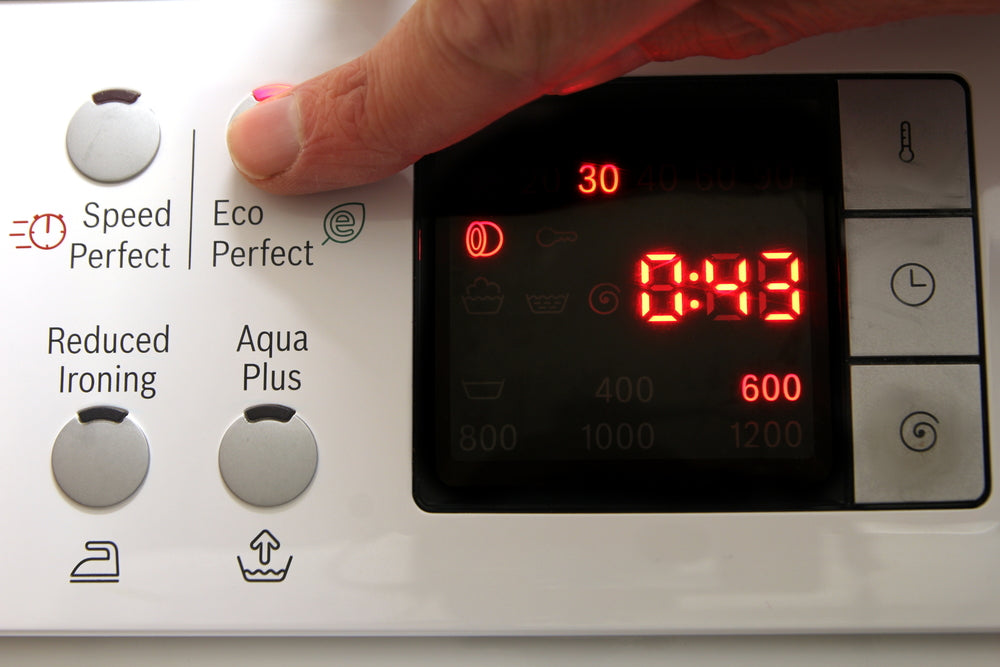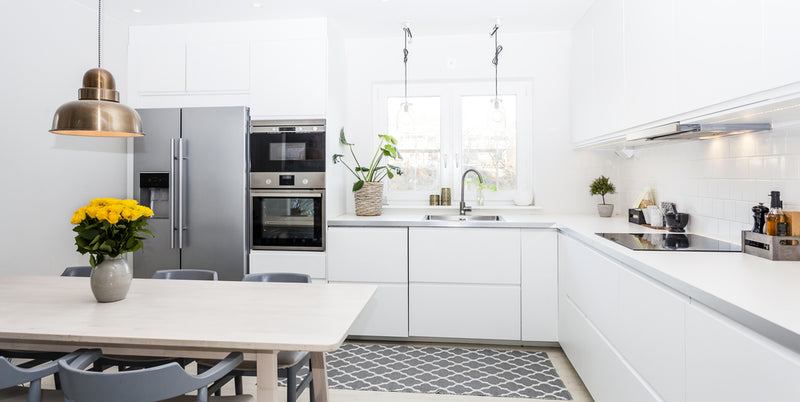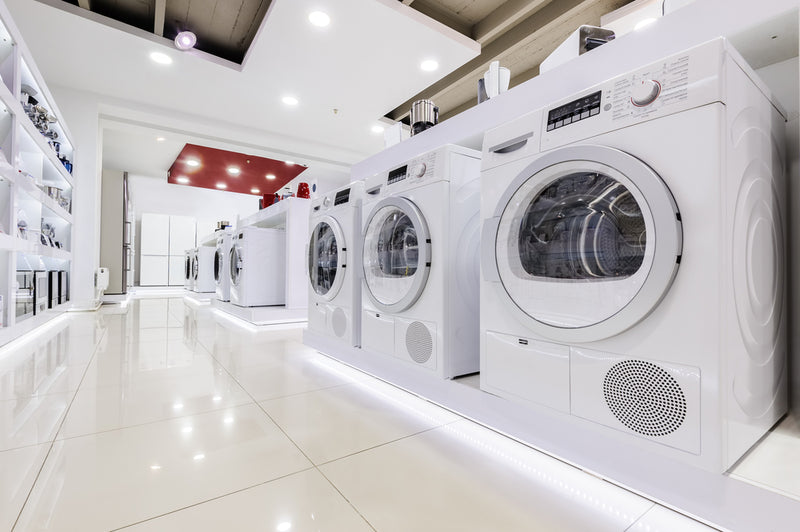
Electrical Appliance Efficiency Guide
With the recent advocate for lowering carbon footprints and electricity consumption, appliance efficiency has become a popular catchphrase.
But what does it really mean? Appliance efficiency is the ratio of the useful energy to the total input energy. Let’s take a common appliance like the light bulb as an example;
The law of conservation of energy states that energy can neither be created nor destroyed but transformed from one form to another.
In a light bulb, there is an input energy which is converted into useful energy (which is used to produce light), and wasted energy(which gives off heat).
Input energy = Useful energy (produces light) + Wasted energy( produces heat)
The efficiency of that light bulb is the ratio or percentage of the useful energy compared to the input energy.
An efficient electrical appliance will use less electrical energy in fulfilling the same or more task.
It means you’re doing more with less.
For instance fluorescent bulbs give the same illumination as incandescent bulbs while consuming less energy.
Because a greater proportion of the energy is converted to useful energy (light), and a smaller proportion to waste energy (heat).
And a system is in place to show you how efficient an appliance is. This is the energy ratings which you can find on the energy label of the appliance.
What Do Energy Ratings Mean?

Most of the appliances you’ll buy will come with an energy rating label including white goods like refrigerators, washing machines, and tumble dryers.
The energy ratings label tells you the efficiency of the appliance-how much energy an appliance consumes compared to similar appliances.
We’ve had energy ratings in the UK for more than 25 years.
The old ratings scale used to be from A+++ (most efficient) to G (least efficient). But there was a transition into a newer scale from the 1st of March 2021.
The A+++, A++, and A+ were scrapped in the newer scale keeping the range from just A (most efficient) to G (least efficient).
The newer scale made the ratings stricter to create room for improvement because most appliances were meeting the criteria of the top end energy efficiency ratings on the old ratings scale.
This made differentiation tricky for buyers.
For example an appliance that had a rating of A+++ on the old scale might have a C rating on the new scale.
When you check the energy label of the appliance you’re about to buy, you’ll see the ratings scale on the left side of the energy label in colour codes with the most efficient in green and the least efficient in red.
While on the right hand side, you’ll see the overall ratings or product efficiency class of the appliance in a black code.
There are additional information on the energy label to guide you.
An important one is the energy consumption information given in Kilowatts hour (kWh) per year or per 100 wash cycles for appliances like washing machines or per 1000h for a television.
You can calculate the operation cost by multiplying the cost of 1kWh of electricity by the energy consumption.
There’s a QR code you can scan to get additional information about the appliance from the manufacturer’s website.
Other kinds of information you could find depending on the appliance are;
- Water consumption in litres per cycle for washing machines
- Storage capacity (chilled and unfrozen compartment in appliances like fridges)
- Noise levels (A-D with A being the quietest)
- Weight capacity (washing load of washing machines)
- Length of eco washing cycle in washing machines
- Spin-drying efficiency (A-G with A being the most efficient.
When comparing products for efficiency, take note of the size. Because (for example) a smaller storage capacity fridge of B-ratings might use less electricity compared to a larger storage capacity fridge of B-ratings which impacts the operation costs.
It’s best to compare the efficiency of different models for the particular size you have in mind to buy.
How Do You Save Money By Investing In Efficient Appliances?
When you invest in efficient appliances your electricity consumption reduces which means you get lower electricity bills.
Even your water bills reduce for appliances like washing machines when you choose an efficient one.
Though the initial-purchase-cost of an efficient appliance might seem on the high side compared to other in-efficient alternatives.
But the money-savings in the operation cost compounds over the lifetime of the appliance.


